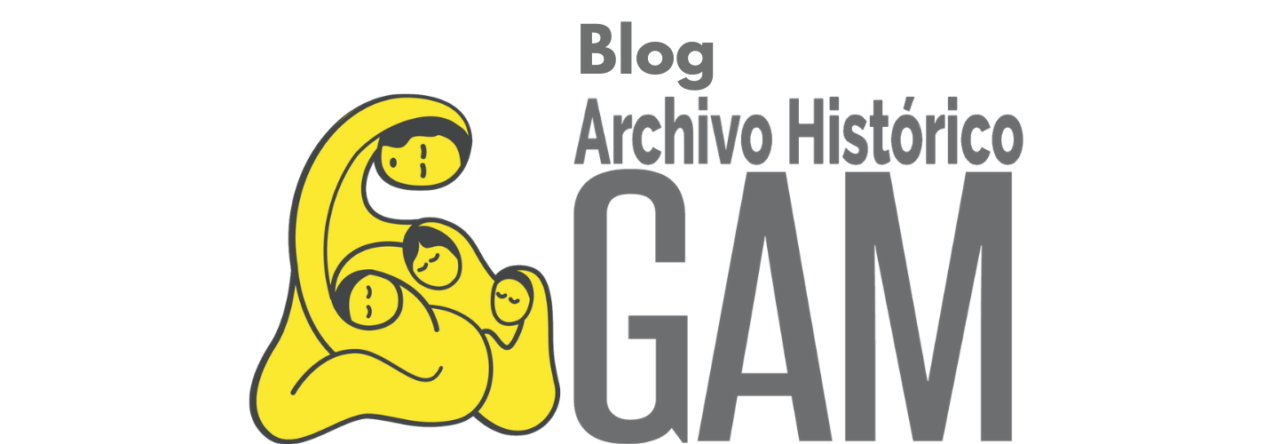December 2019 • Natalia Mora and Chloe Juriansz
Natalia: Working on the database codification has been quite frustrating: from the monotony of ctrl+f down to combing through the archive itself to find information that isn’t obvious from the case descriptions within the database. The first frustration and biggest struggle was deciding what we meant by disappeared. Is it someone who was taken and then never seen again or can someone who was then found also count as someone who was disappeared? We decided to codify people who were later found as different than those who were never seen again. Alongside this we have a different category for people who were threatened but were not disappeared. Then to further complicate the idea of disappearance, there are people who have two incidents of disappearance. How do we describe someone who was taken, appeared, and then disappeared and never found? At first it felt like there was only one case where this happened but as I kept “ctrl+f”-ing to make sure there were no duplicates I kept stumbling across more cases of this kind.
When I got to the part of the database that focuses on the department of Chimaltenango everything changed. Because I had done research on Chimaltenango, 1982 especifically, when I got to that department there were names that I recognized. It was shocking for me to catch things that I didn’t notice before because I now have more background on their disappearances. Also since I was no longer focusing on a specific year I was able to see other connections between the people in 1982 and themselves or others in other years.
Finally, as I scrolled through the archive there were many last names which were repeated with the same date of disappearance. It’s made me wonder if they were related and if so how?
Chloe: My work on the database codification this semester has been pretty challenging, and has made me think more deeply about who’s in the archive and how to define the categories that we have created for the codification process. One challenge in this codification process has been determining who we are classifying as niñx versus joven. There have been a lot of cases of kids that have come up in the database, some as young as 4 or 5 years old, and many adolescents around the ages of 14 or 15. For me, it was particularly difficult to see these cases of disappeared children, and especially so that there were so many we needed to make a separate category for codification. It was also difficult to determine whether these cases should be codified as niñx or joven because although the distinction between them might seem insignificant, it could have implications when thinking about the demographics of who’s present in the archive. We had a lot of conversations surrounding this topic, and we decided to classify people under 18 years old as niñx and people between 18-25 as joven.
It has also been a difficult process to read through each individual case in the codification process to find the relevant information for our purposes. This semester has brought the question of vicarious trauma back to the forefront for me; often times I need to limit how many cases I read in a day or week for my own self care. There have also been familiar names that have come up again from the description and transcription processes of prior semesters. Because of this previous experience working with the documents in the archive, there is a level of familiarity with the documents in each case file- I know where to look on the various versions of the intake forms to find the age, gender, and profession of each victim. This has made me reflect more on the dehumanizing element of this method of looking at the documents. I don’t want to remove the humanity out of this process of looking through the archive, so this codification process has been a continual balancing act between finding the relevant information effectively and giving space to honor the disappeared.
